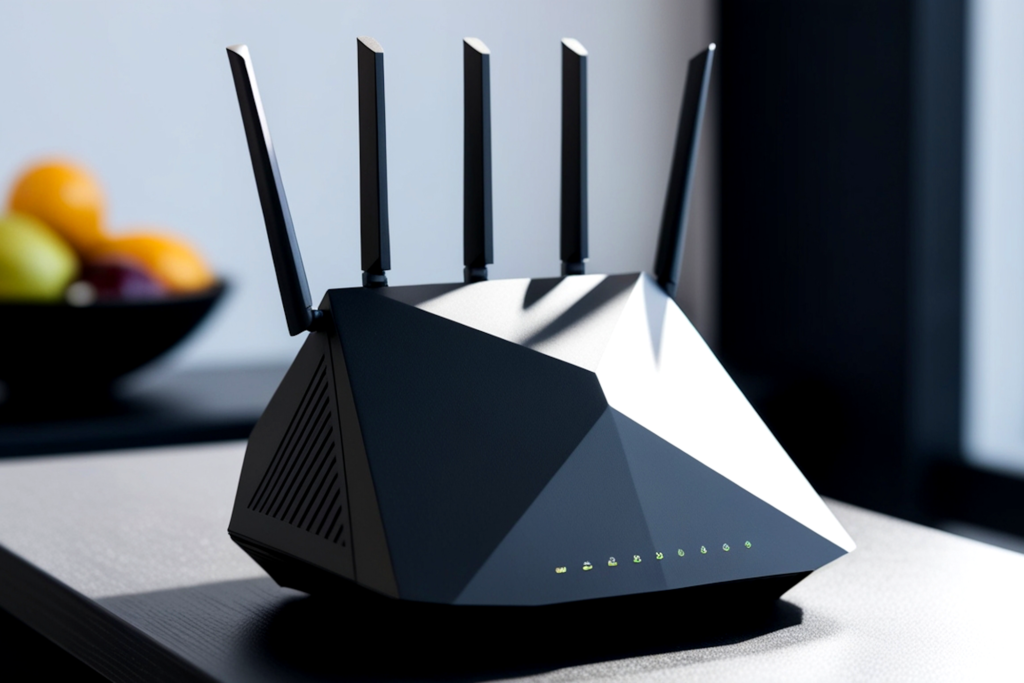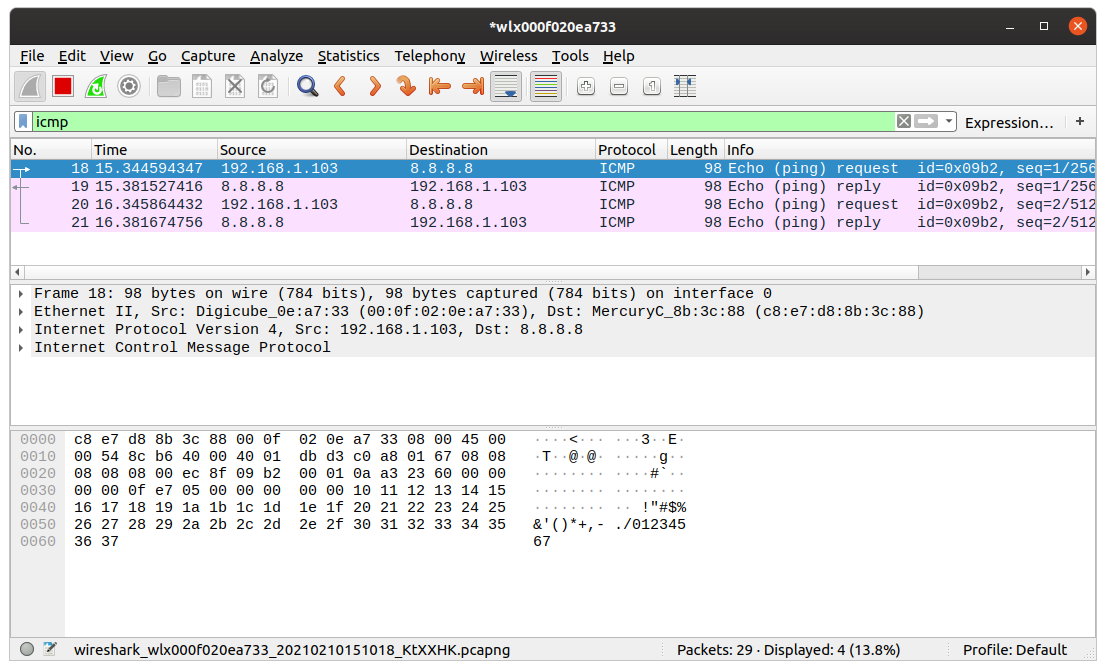A Wi-Fi router manages network traffic and functions as your gateway to the internet, but what happens if it falls into the wrong hands? Whether a hacker is targeting your router for fun or has real malicious intent, here’s everything they can do if they gain access to your router.
Please note that while all of these issues are real, an attacker needs access to your router for them to succeed.
Kick You off the Router
Getting continually kicked off your home network can be super annoying, but that’s what some hackers will do. A hacker may use a deauthentication attack to target network devices. To do so, a hacker doesn’t even need administrative access to your router; they only need to find the router and device you’re using. They can do this by using a tool such as Aircrack-ng. After doing so, they craft a command that takes advantage of your router’s authentication protocol to deauthenticate you, thus kicking you off the network.
If they gain access to your router using default admin credentials, which are readily available online, booting you off the Wi-Fi becomes much easier. After they’ve logged into the router’s portal using these credentials, all they need to do is find the MAC address associated with your device and place it on a blacklist.
Change Admin Credentials & SSID
A Forbes study found that 86% of users never change default credentials. As default credentials are easily found online, all hackers must do a perfunctory Google search to find the information they need to log into your router. If they do, they can change things like the password and SSID. Changing the password will kick you off your network, and changing the SSID will change your network name.
They could also hide your network entirely after kicking you off and changing the name, making it difficult to get back online.
Turn It Into a Bot & Redirect Your Traffic
If I were to go on the dark web right now, I could rent myself a botnet. A botnet is a network of infected computers under the botnet herder’s control. After infecting your router with malware, a hacker can integrate it into a botnet and use it to carry out DDOS attacks or mass email spamming.
Let’s imagine momentarily that your router is part of a botnet. It now makes up one of thousands of infected devices, all controlled by one individual. Criminals commonly use botnets for distributed denial of service (DDOS) attacks. This attack aims to overwhelm a server with traffic until it is no longer operational.
A hacker may use your router as a part of a DDOS attack through a DNS hijacking attack. This attack is carried out by changing a router’s DNS settings so that it redirects all outgoing traffic to a specified IP address.
A hacker may also redirect traffic to malicious websites that steal sensitive information or infect your computer with malware.
Steal Sensitive Information
If configured correctly, your router will use a safe encryption standard such as WPA2 or WPA3. But if a hacker gains control of your router, they can downgrade or even eliminate the encryption.
Without encryption, data is sent in plain text. If this plain text data is intercepted, it’s easy for an attacker to extract sensitive information like login credentials that can be used to access your most prized accounts.
Now, it should be said that the introduction of HTTPS as standard to most websites does help to negate this issue, but you still don’t want someone snooping on your network.
Install Malware On Your Router
Once they access your router, a hacker may download malicious software to control your router and the data flowing through it easily.
In 2016, the VPNFilter malware infected millions of routers. VPNFilter was created to steal personal information and incorporate hacked devices into a botnet. The malware automated activities the hacker would otherwise have carried out manually, making controlling the infected network and its devices easier.
And remember the botnets we talked about earlier? It’s the same problem.
Thankfully, there are a few easy ways to keep your router safe: change your default login credentials and keep your Wi-Fi router up to date at all times. Just those two small changes make it more difficult for someone to gain access to your router, and you’ll be keeping your network much safer by doing so.
Oh, and if you live in a busy area, maybe consider how to keep your Wi-Fi secure from your neighbors!





